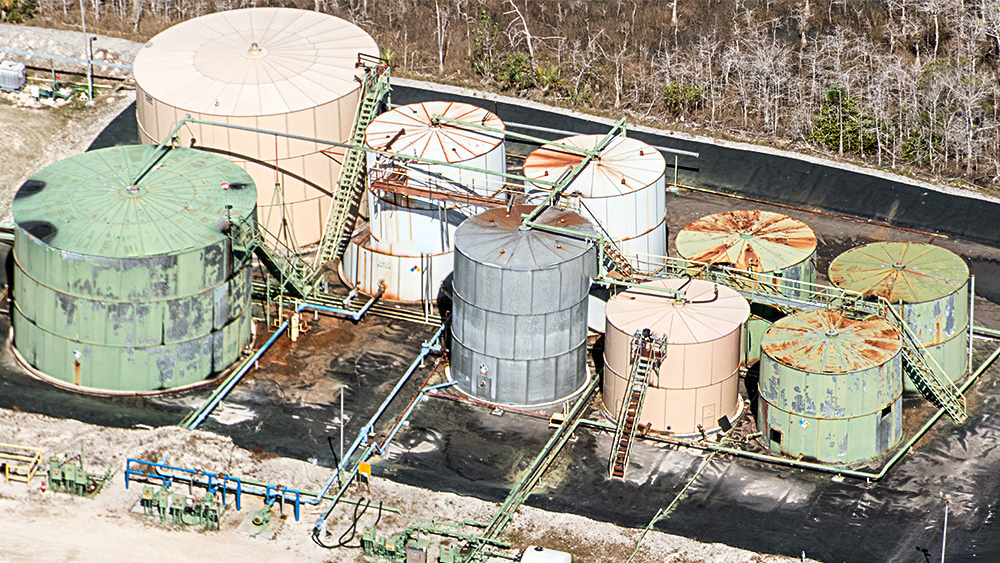Send your question to Umbra!
Q. We recently bought an older house that has an older steam boiler. Best guess is that it’s from the late ‘60s or early ‘70s. We don’t have the funds to completely redo our heating system, so we’re sticking with the steam boiler for now. What I’m wondering is this: Is it more efficient to turn down the heat at night and when we’re gone during the day, or to leave it running at the same temp consistently? I’ve been told that with steam boilers it takes so much energy to raise the temperature that it’s better to just keep it at the same temp all the time. The greenie in me has a hard time going to bed with the temp at the same level we have it at during the day (68 degrees).
Jen C.
Denver, CO
A. Dearest Jen,
Ah, fall. For all its delights (The leaves! The pumpkins!), the return of sweater weather also means the kickoff of another home heating season. Some of us — and it sounds like you’re among them — can’t help but feel guilty about firing up the gas, and no wonder: Almost 30 percent of the average home’s energy expenditure goes to heating. And that Nixon-era steam boiler of yours isn’t doing you any efficiency favors.
But put another blanket on the bed and sleep easy, Jen, because you can crank down your thermostat with a clear conscience. Persistent myth does have it that steam boilers actually use more energy when the home temperature fluctuates, but we can file that next to the one about black-market kidney rings. I went straight to America’s steam-heating guru, Dan Holohan, with your query. Holohan, who wrote Greening Steam: How to Bring 19th-Century Heating Systems into the 21st Century and runs the comprehensive website HeatingHelp.com, has this to say:
“Nothing saves more fuel than a burner that’s turned off. If you shut it down, it doesn’t take any more energy to heat it up again.” What’s more, turning down the thermostat actually slows the inevitable heat leak to the outdoors. “A house is always going to lose heat based on the difference in temperature between the inside and outside,” Holohan says. “If you turn down the heat, there’s [less difference, and] less loss.”
Some do caution that steam boiler systems can take a while to heat up and cool down, making it tough to sync the thermostat adjustments to your schedule. But according to Holohan, “Steam systems, when working, heat pretty quickly. If it takes hours for the radiators to get hot, there’s something wrong.” If that’s the case for you, have an expert familiar with steam boilers check it out.
Now that your extra-warm bedroom slippers are back in rotation, you may want to consider installing a programmable thermostat. These digital gadgets automate the process for you, so you can set the heat to fire up before your alarm goes off and dial down for your typical bedtime; if you’re out of the house during the day, you can also lower the heat for that period. These tools range in price from $25 to more than $250, depending on how many bells and whistles you want. A programmable thermostat is nice because you don’t have to think about adjustments, but of course, you can always manually turn down the heat at night and when you’re out of the house.
The lower you set your heat, the more energy (and cash) you’ll save. According to the U.S. Department of Energy, you can save up to 1 percent of your heating bill for every degree you set back the thermostat if it stays down for at least eight hours. Recommendations range from reducing the temperature anywhere from 8 degrees [PDF] to 15 degrees. Since your regular at-home temp is a lean 68 degrees, I’d say go as low as you can comfortably stand. (There’s no need to shiver through your breakfast, but there are some easy steps you can take to stay snug with the thermostat down.)
Finally, make sure that vintage boiler is running as efficiently as possible. You can minimize heat loss by installing DIY reflectors behind any radiators that back exterior walls, having the system professionally tuned up every couple of years, and cleaning your radiators’ air vents (if your setup has them). Go here for Holohan’s comprehensive data set on maintaining and troubleshooting systems like yours.
And when you do find yourself in the market for a new steam boiler one of these days, we’ve covered suggestions for purchasing efficient home heating systems here. A new boiler will almost certainly beat the pants off your current antique. Heater efficiency is measured with a term called annual fuel utilization efficiency (AFUE): Today’s Energy Star boilers have AFUE ratings that exceed 85 percent, while pre-1990s models limp in at only 55 to 65 percent.
So pull on a knit cap, sip a mug of hot tea, and perhaps pin up a few posters of Tahiti to get you in a tropical state of mind. That’s what I do all winter — it gets cold down here in the stacks.
Efficiently,
Umbra



